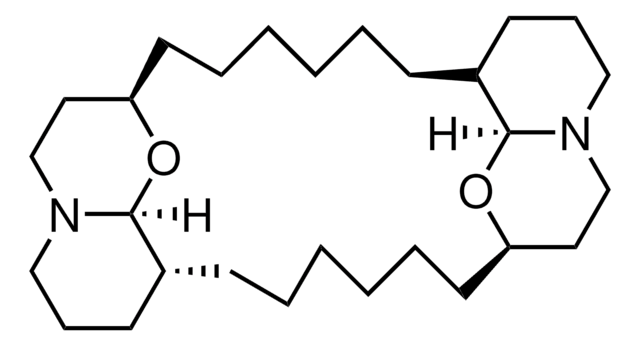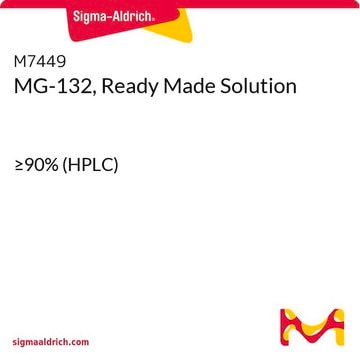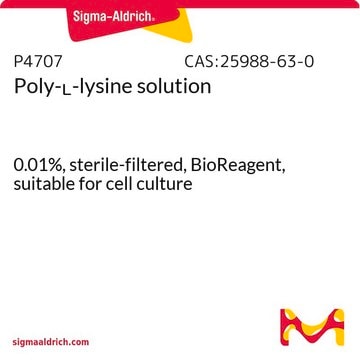239805
Cyclopiazonic Acid, Penicillium cyclopium
A cell-permeable, reversible inhibitor of sarcoplasmic reticulum Ca2+-ATPase that releases Ca2+ from the same intracellular pools as Thapsigargin.
Sinônimo(s):
Cyclopiazonic Acid, Penicillium cyclopium, CPA
About This Item
Produtos recomendados
Nível de qualidade
Ensaio
≥97% (TLC)
Formulário
solid
fabricante/nome comercial
Calbiochem®
condição de armazenamento
OK to freeze
cor
off-white
solubilidade
DMSO: 1 mg/mL
chloroform: 10 mg/mL
Condições de expedição
ambient
temperatura de armazenamento
−20°C
InChI
1S/C20H20N2O3/c1-9(23)14-18(24)17-16-11-8-21-13-6-4-5-10(15(11)13)7-12(16)20(2,3)22(17)19(14)25/h4-6,8,12,16-17,21,25H,7H2,1-3H3/t12-,16+,17+/m1/s1
chave InChI
RLOAZVAJNNPPDI-DQYPLSBCSA-N
Descrição geral
Ações bioquímicas/fisiológicas
Ca2+ uptake in cultured arterial musclue cells
Advertência
Reconstituição
Outras notas
Elmoselli, A.B., et al. 1995. Mol. Cell. Biochem. 151, 149.
Schaefer, A., et al. 1994. J. Biol. Chem.269, 8786.
Demaurex, N., et al. 1992. J. Biol. Chem.267, 2318.
Low, A.M., et al. 1992. Am. J. Physiol.262, H31.
Kurebayashi, N., and Ogawa, Y. 1991. J. Muscle Res. Cell Motil.12, 355.
Mason, M.J., et al. 1991. J. Biol. Chem.266, 20856.
Informações legais
Palavra indicadora
Danger
Frases de perigo
Declarações de precaução
Classificações de perigo
Acute Tox. 2 Oral
Código de classe de armazenamento
6.1A - Combustible acute toxic Cat. 1 and 2 / very toxic hazardous materials
Classe de risco de água (WGK)
WGK 3
Ponto de fulgor (°F)
Not applicable
Ponto de fulgor (°C)
Not applicable
Certificados de análise (COA)
Busque Certificados de análise (COA) digitando o Número do Lote do produto. Os números de lote e remessa podem ser encontrados no rótulo de um produto após a palavra “Lot” ou “Batch”.
Já possui este produto?
Encontre a documentação dos produtos que você adquiriu recentemente na biblioteca de documentos.
Active Filters
Nossa equipe de cientistas tem experiência em todas as áreas de pesquisa, incluindo Life Sciences, ciência de materiais, síntese química, cromatografia, química analítica e muitas outras.
Entre em contato com a assistência técnica









